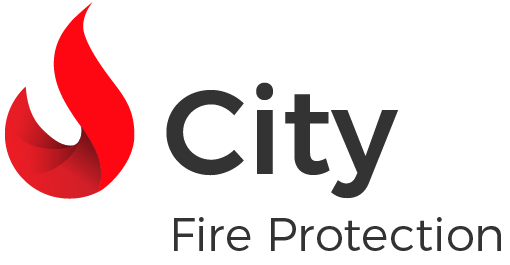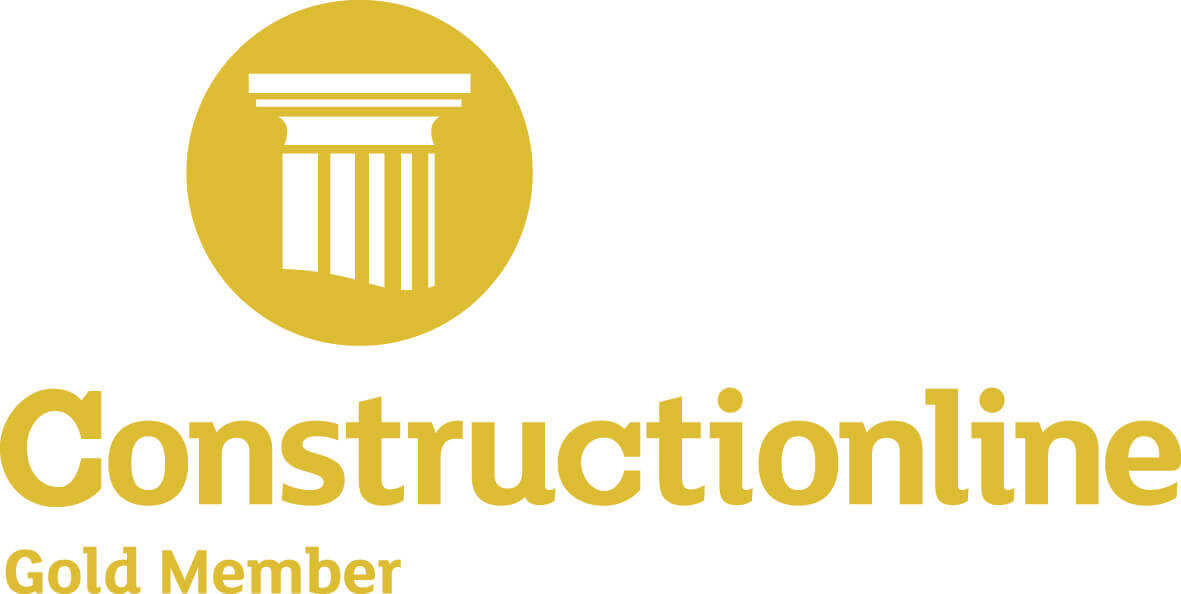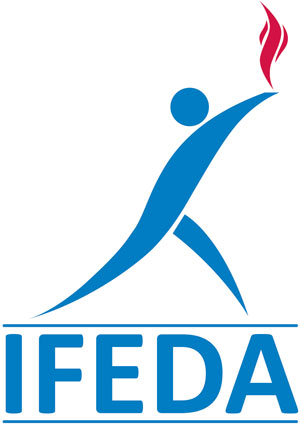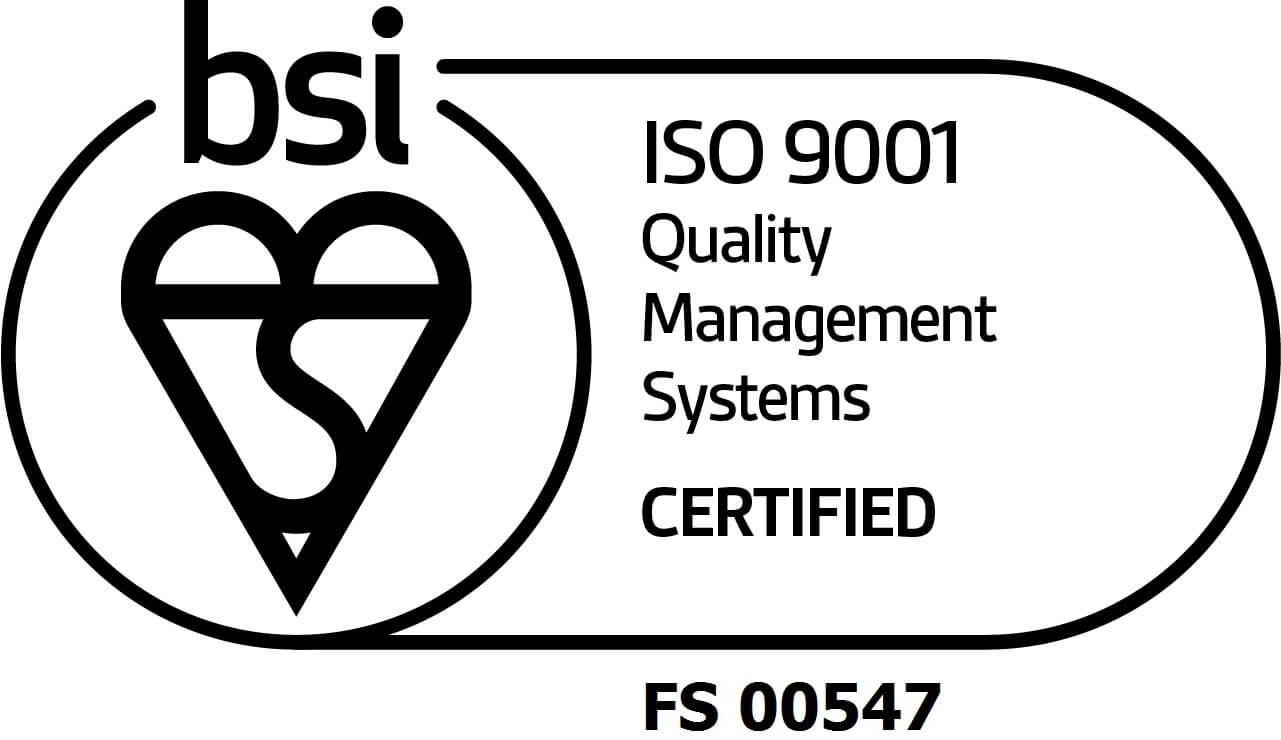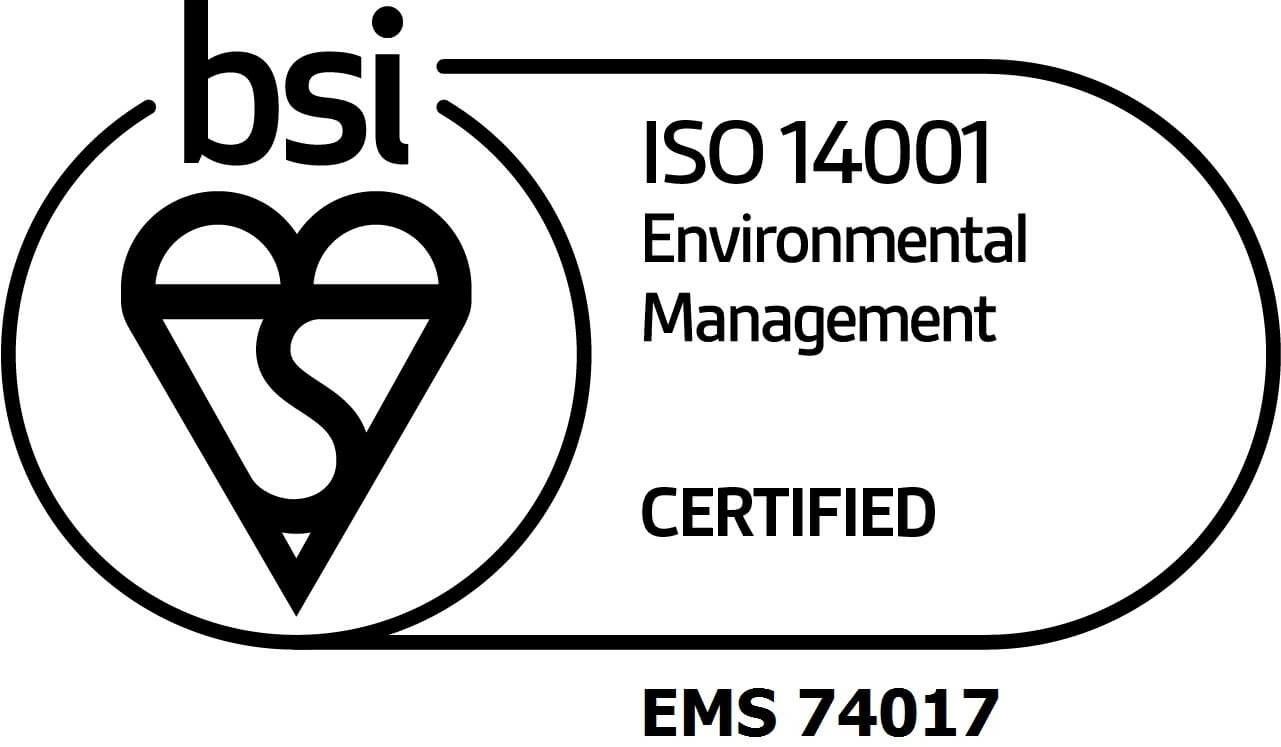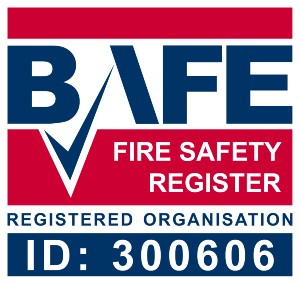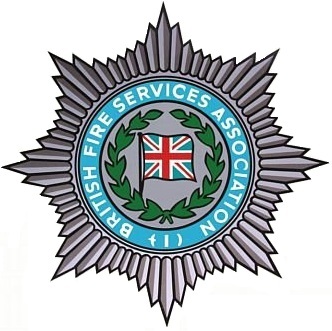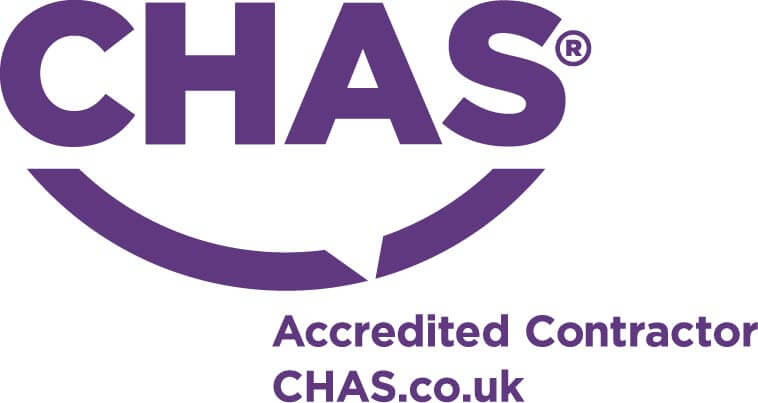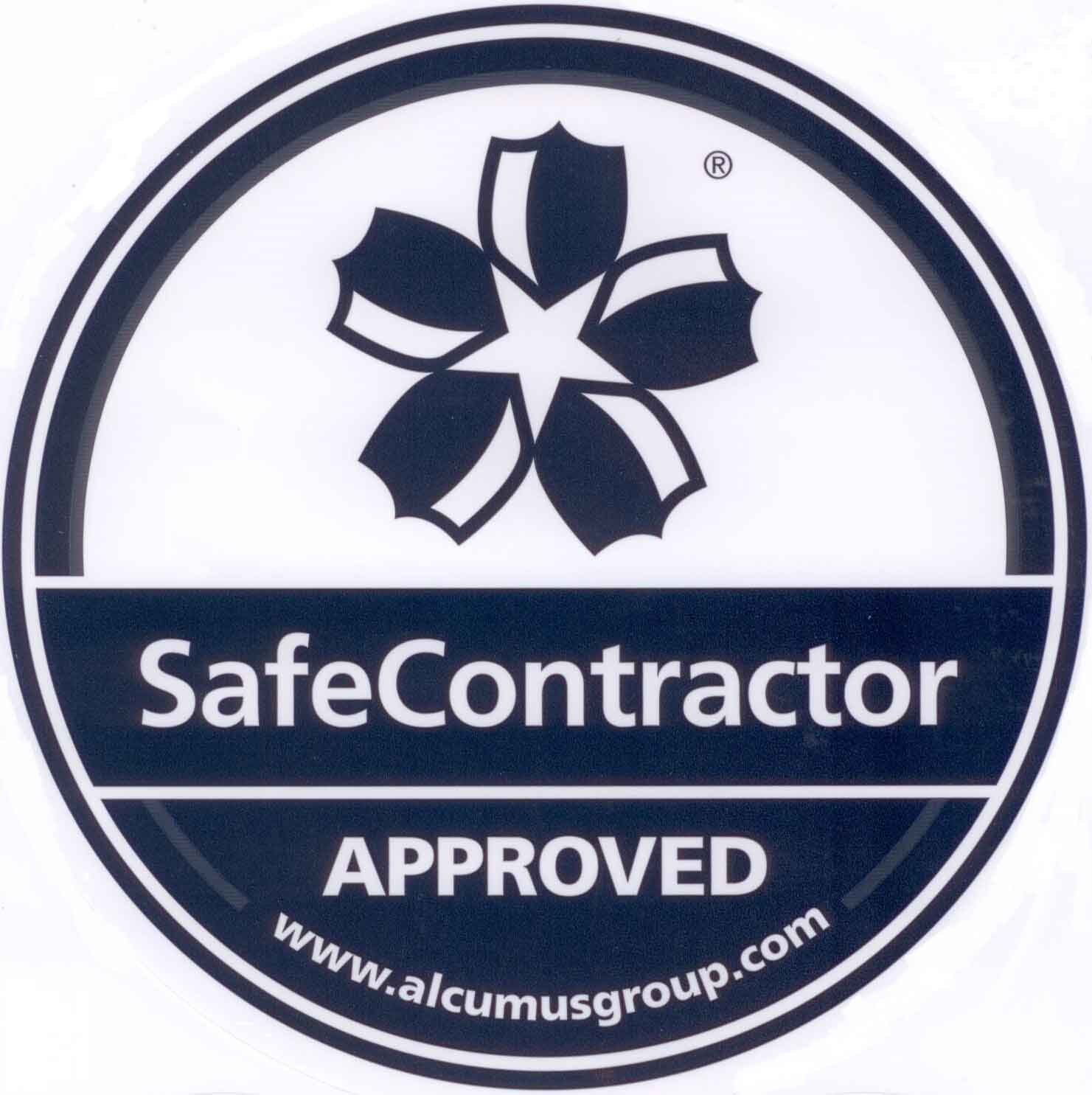Fire Safety Signs: The Law and Their Meaning
Fire safety signs – we all recognise them; a green stick man running through a door, a white hand pressing an alarm, a blue fire action checklist. However, even though we are surrounded by them everywhere we go, every day, how knowledgeable are we about what they actually mean?
And, for owners and managers of commercial and industrial properties, are you aware of the regulations governing safety signs and, as such, which signs are required in your environment?
Our quick guideline to fire safety signs plans to answer all of these questions, so read our advice below for a comprehensive overview on fire safety signs, what they are and what they mean…
The Health and Safety (Safety Signs and Signals) Regulations 1996 define a fire safety sign as an illuminated sign or acoustic signal that provides information on escape routes and emergency exits; provides information on the identification or location of fire fighting equipment or gives warning in case of fire.
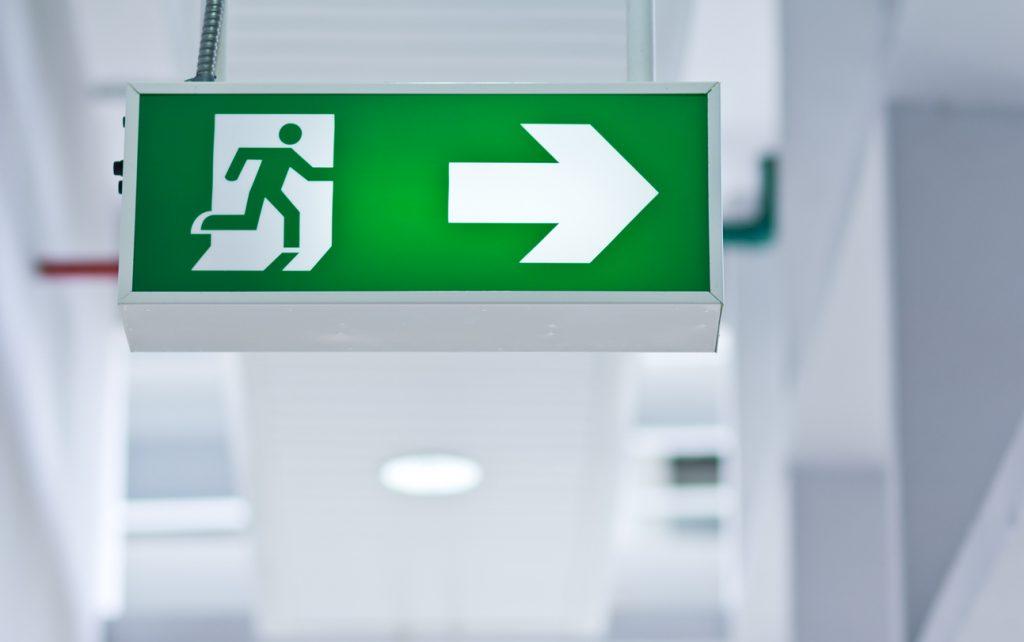
According to British and International standards, fire safety signs can be categorised into 8 main groups:
1. Escape route location signs
Escape route location signs are signs that identify the direction of travel to escape or exit a building. They indicate doorways and openings that will lead you to a place of safety, in order to make an evacuation as quick, simple and efficient as possible.
These signs are green in colour that, as a general rule for all fire safety signage, symbolises emergency escape, first aid and no danger.
2. Emergency exit and emergency door release signs
Doors featuring security devices, such as push to release opening mechanisms and sliding mechanisms, and also doors which are specifically used for emergency escape, should all use safety signs to demonstrate their opening instructions.
Again in green, to demonstrate emergency escape and no danger, they have been developed to reduce evacuation time and make the process as safe and straightforward as possible.
3. Safe condition signs
Safe condition signs come under the Standard BS 5499 and are used to clearly mark and distinguish first aid equipment and its location, as well as emergency instructions for people with special needs. Examples of safe condition signs include the well-known first aid sign and also more specific signs, such as emergency eye wash.
These signs are green to demonstrate first aid and no danger and should be prominently displayed for optimum safety.
4. Mandatory signs
Mandatory notices have been created to help prevent the spread of fire and give occupants of the building fire safety instructions, such as ‘fire door keep shut’ and ‘fire escape keep clear’.
Mandatory signs are usually blue and white, which symbolises a specific behaviour or action that is required by the reader. They should be placed in an obvious position on both sides of the door.
5. Fire action signs
It is a legal requirement, under the Regulatory Reform (Fire Safety) Order 2005, that all occupants of a building must be informed of fire safety instructions, and a good solution to this is fitting fire action signs within it. These signs include thing such as fire action charts and fire safety instructions and they provide safety information and instructions on what to do in a fire.
These signs are usually blue and white, to demonstrate an instruction or required action, and also normally feature red too which symbolises danger, prohibition or an evacuation process.
6. Fire alarm and fire fighting equipment signs
Health and safety legislation states that all fire safety equipment requiring manual operation should be easy to access, simple to use and indicated by appropriate signage. If you own or manage a commercial or multi-residency environment, you can meet these legal requirements by installing red fire fighting signs near the equipment to identify their purpose and instruct their use.
It is also highly recommended to display signs detailing fire extinguisher types and what they can and cannot be used for in order to significantly reduce the inappropriate use of extinguishers.
7. Hazardous materials and atmospheres signs
Hazard warnings are specifically used to warn people to be careful or take precautions in high risk areas. Unless deemed unnecessary by a risk assessment, they are required by law in all commercial and multi-resident environments and are particularly common in industrial buildings where flammable materials and explosive substances are found.
The JALITE AAA hazard warning signs have been designed in accordance with both British and International Standards in mind and are yellow to signify a warning.
8. Prohibition Signs
Prohibition signs are designed to inform occupants of a building of inappropriate behaviours which may cause a risk or fire hazard. These signs include things such as ‘smoking strictly forbidden’ and ‘authorised personnel only’.
The JALITE AAA prohibition signs are red in colour and are designed to comply with both British and International Standards. They are a great solution to fire safety legislation, which states that, after a hazard has been found, measures should be taken to inform occupants and control the risk.
Legal Duties and Obligations
The Health and Safety (Safety Signs and Signals) Regulations 1996 requires employers to provide specific safety signs wherever there is a risk or hazard that has not been avoided or controlled by other means, unless the risk is not significant or the use of a sign would not reduce it.
There are specific, stringent requirements for safety signs, such as the shape, colour and size. One of the main regulations is that all safety signs must include a symbol or pictogram that clearly defines its meaning. Text can be used to aid understanding, but text-only signs are not permitted.
When signs are used, the ‘responsible person’ – as defined in the Regulatory Reform (Fire Safety) Order 2005 – must ensure they are well maintained, with any faded or defective signs being replaced. They should also explain the signs to people who work within the building, making sure they understand the meaning and actions to be taken in correspondence with them.
We offer a professional, reliable service here at City Fire, supplying an extensive range of fire protection equipment, including a comprehensive selection of high quality fire alarms. Our dedicated team of experts can advise you on the necessary signs for your environment, ensuring you comply with all your legal requirements and contractual obligations, and can even fit them for you too.
So for more information on any of our services, get in touch with the friendly team at City Fire Protection today! Call us on [ld_default].
Contact Our Team